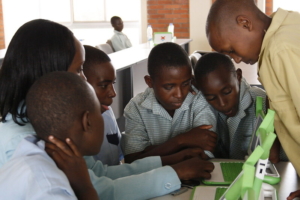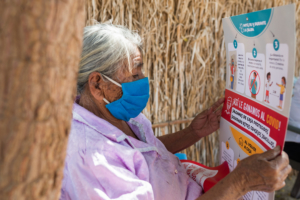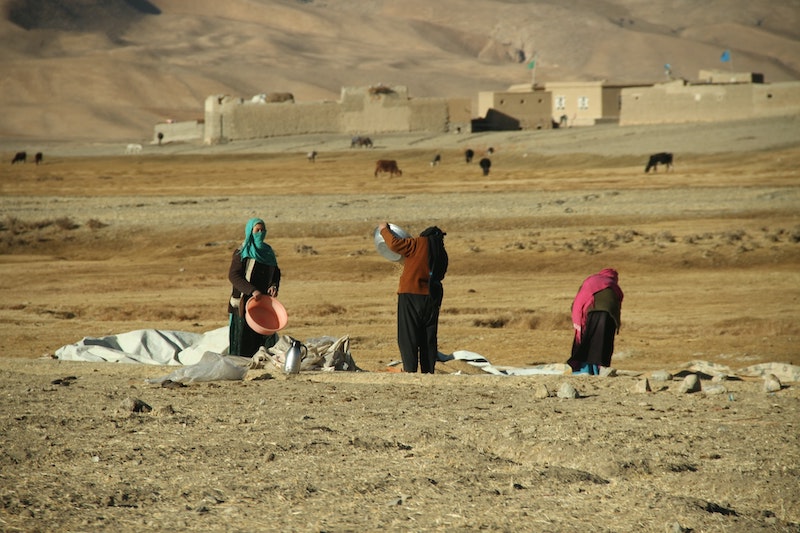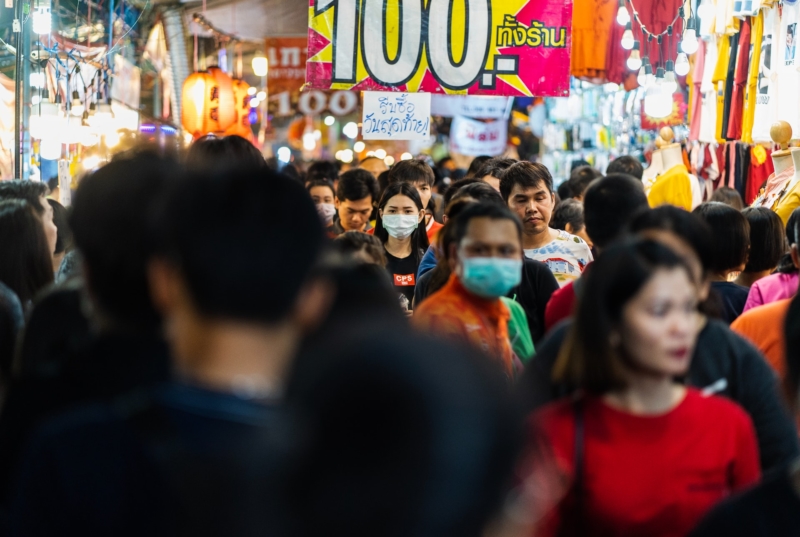
The Philippines has had school doors’ closed for almost two years due to the COVID-19 pandemic. The Philippines’ Department of Education is wary of potential spikes in COVID-19 cases. However, it also believes that reopening schools in the Philippines and re-introducing students to in-person education models are beneficial to students’ future education and eventual economic earnings.
Education in the Philippines
The government mandated that all Philippine children receive a minimum of 12 years of education. Students in Filipino public schools must graduate from elementary school, junior high school and high school.
Private education institutions in the Philippines typically produce students with high reading comprehension levels and excellent understandings of basic science and math concepts. In contrast to the quality of private education in the Philippines, public schools fall drastically short of meeting educational goals.
A 2018 study focused on high school-aged students from 79 different nations and found that public Filipino schools rank last for reading comprehension. The gap in educational quality between the Philippines’ private and public schools is because the Philippines’ public schools receive extremely limited funding.
Public schools in the Philippines also struggle to maintain running water and basic hygiene supplies. Many of the issues with school upkeep stem from a lack of funding. In the past decade, the Philippines’ government has spent less than 5% of the country’s overall GDP on public education annually.
Impacts of COVID-19 and Poverty on Education
The COVID-19 pandemic halted education worldwide, and the Philippines was not an exception to this rule. As of January 2022, the Philippines recorded more than 2.8 million positive COVID-19 cases.
To avoid spreading the virus to students, their families and their communities, schools in the Philippines halted all in-person classes. It would be beneficial for them to reopen soon to counteract the damage to education.
The Philippines closed its borders and all public and private businesses made workers operate remotely if possible. Additionally, school plans and teaching methods changed.
The Philippines’ government’s plans for remote public educations were difficult for many families. The plans demanded access to technology and resources many students and their families do not have. Most schools began operating remotely and in some areas, the government and schools coordinated efforts to present lessons on television as the internet is not always reliable in the rural Philippine regions. Even with all the efforts that the Philippines’ government made, Filipino students, four out of 10 at least, do not have proper access to technology to continue with remote education systems.
Many families cannot afford the essential technologies necessary for the new way of learning and working. The average salary in the Philippines is $3,218 per year. With such a low salary, technology updates are not an immediate need in comparison to other essentials. It is not surprising that schools and families have struggled to provide children with the education they deserve. Reopening schools in the Philippines would support the future endeavors of children.
What Does Reopening Schools Mean for Children in the Philippines?
The Philippines had remarkably low records of positive COVID-19 cases for several months, but a spike in cases occurred at the beginning of fall 2021. Since then, the number of positive recorded cases has decreased again. According to the U.S. News, the government believes that it has developed the proper methods to keep the number of positive COVID-19 cases low for most, if not all, public work environments and schools.
In the Philippines, inadequate education has been a clear reason why Filipino citizens live in poverty. Many employers in the Philippines refuse to provide job opportunities to people who do not make it through all mandated education levels. Without education, people may have a challenging time obtaining jobs, resulting in a continuation of the cycle of poverty.
Furthermore, the higher-paying jobs in the Philippines require advanced degrees. The Asian Development Bank has predicted that the pauses in children’s education will decrease Filipino students’ future earnings by $1.25 trillion. Schools in the Philippines are crucial to fixing this expected drop in income.
Returning the children to their education will preserve more opportunities to increase future earnings. Reopening schools in the Philippines is coming at a critical time as Filipino students are not reaching the global benchmarks. Bringing students in on a volunteer basis right now could increase the students’ chances of escaping poverty.
Improving Education Inside the Home
Education is vital to a child’s chances at a future with higher wages than a peer without an education. To stay on this path and continue a children’s education and promote education in the home as well, Filipino-based organizations have been working to bring technology into the hands of children outside the classroom. Not only will this encourage education for children, but should the Philippines deem in-person classes unsafe again, the children will have the tools to continue with their studies and not lose any more future wages. This has been coming about in two major ways: one is with the assistance of Microsoft in the Philippines, but the other is with the assistance of the United States Agency for International Development (USAID).
Microsoft Philippines and Felta Multi-Media Incorporated
Microsoft Philippines and Felta Multi-Media Incorporated partnered in 2015 to begin an initiative to put technology in the hands of schoolchildren. Their goal was, and still is, to help motivate the children to continue their education both in schools and at home. The partnership designed the technology so that it is safe with children (i.e. waterproof) and has features perfect for exploring outside of the classroom, such as specialized cameras and educational programs. These pieces of technology are the kinds that are best for helping children grow intellectually even if school doors remain closed.
The BEACON Project
The second method to improve a child’s access to technology and enhance their education is with a partnership between USAID and the Philippines’ government, called the Better Access and Connectivity (BEACON) project. The partnership is working to improve internet access across the nation’s rural regions, which will improve the children’s ability to attend classes remotely. The project should take five years to implement. Nonetheless, as soon as the project is in full swing, internet connectivity for children in rural areas will provide access to online education platforms used in the at-home schooling models. The ability to attend classes remotely and improve a child’s chance at a future full of more opportunities will grow exponentially with the increased internet connectivity and the availability of Microsoft and Felta technology.
The two together promise great things for a Filipino child. If schools cannot open in-person, such as is the goal, then they will be able to open remotely with the improved technology access, thus improving a Philippine child’s chances to build a career and avoid poverty.
– Clara Mulvihill
Photo: Flickr

 In 2008, Hugh Evans, Simon Moss and Wei Soo
In 2008, Hugh Evans, Simon Moss and Wei Soo 



 In April 2021, psychiatrists warned that the United Kingdom may be in the depths of
In April 2021, psychiatrists warned that the United Kingdom may be in the depths of 
 Portugal is taking advantage of its Atlantic coast by investing in offshore wind farms. These developments occur in an effort to reverse the negative economic effects of COVID-19 and downsize energy poverty in the country. The expansion of renewable energy in Portugal has the potential to reduce the country’s expensive dependency on imports while simultaneously creating new local jobs and domestic industries.
Portugal is taking advantage of its Atlantic coast by investing in offshore wind farms. These developments occur in an effort to reverse the negative economic effects of COVID-19 and downsize energy poverty in the country. The expansion of renewable energy in Portugal has the potential to reduce the country’s expensive dependency on imports while simultaneously creating new local jobs and domestic industries.
